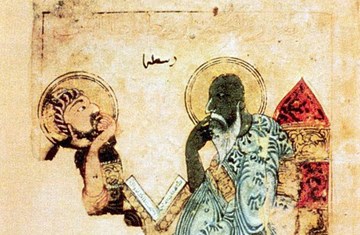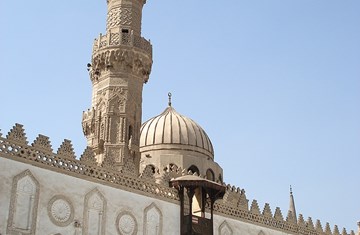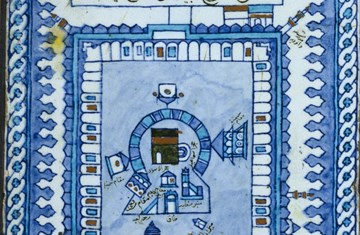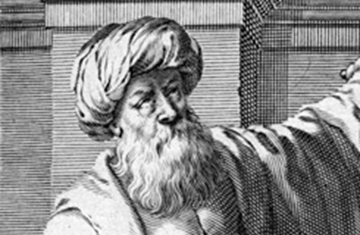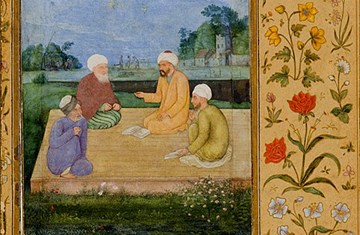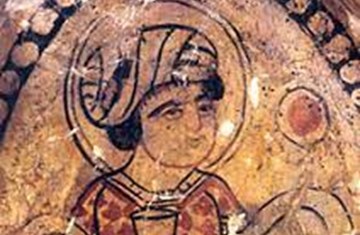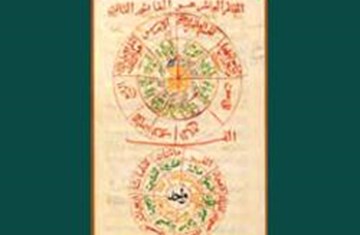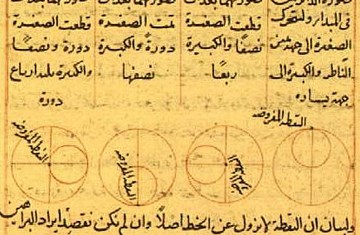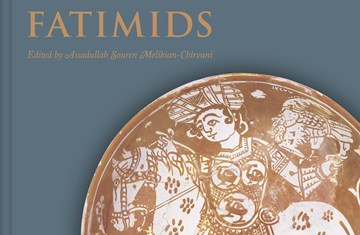Ibn al-Haytham or Alhazen
Keywords: Kitab al-Manazir, imam caliph al-Hakim, Renaissance, science, art, mathematics, astronomy, mechanics, physics, intromission, extromission, Ptolemy, Aristotle, Risala fi’l-makan, Treatise on Light, Optics, conception of place (topos), analytical geometry, law of motion.
Ibn al-Haytham
The polymath Abu Ali al-Hasan ibn al-Haytham (ca.965-1041 CE), known in Latin as Alhazen, was born in Basra, Iraq. After completing his studies in Iraq, he settled in Egypt, wherein he was commissioned by the Fatimid imam caliph al-Hakim (1021 CE) to design a dam on the Nile. Although his prolific contributions covered a variety of disciplines in mathematics, astronomy, and mechanics, his impact was greatest in the field of optics. His chef-d’ouvre Kitab al-Manazir (The Optics, ca. 1027 CE), which was translated into Latin as De aspectibus (ca. 1270 CE), decisively shaped the emerging theory of perspective in medieval and Renaissance science and art. His influence is noticeable in medieval scholars such as Roger Bacon, John Peckam, and Witelo, and in Renaissance theorists such as Leon Battista Alberti and Lorenzo Ghiberti.
Author

Professor Nader El-Bizri
Nader El-Bizri is Professor of Philosophy and Director of the Civilization Studies Program at the American University of Beirut. He has previously taught at the University of Cambridge, the University of Nottingham, and the University of Lincoln. He is also affiliated with The Institute of Ismaili Studies in London and the Centre National de la Recherche Scientifique in Paris.

